Brescia, a mid-size town in Lombardia, was never on my radar as a place to visit. When the Ursuline Sisters of Youngstown (Ohio) asked me to plan a trip there, I discovered a truly hidden gem. Let me show you why Brescia deserves a spot on your travel list.
First, Why Brescia?
I should probably explain that the Ursuline Sisters were my teachers when I was in school. They wanted someone to plan a trip to the town where St. Angela Merici founded their order in 1535.
Back story: Born on a farm near Desenzano del Garda, Angela founded the Company of St. Ursula in Brescia. Although the women who joined her lived lives of poverty, chastity, and obedience, they lived at home and did not take formal religious vows. Angela wanted the order to dedicate themselves to educating girls and young women. As such, they opened schools and orphanages and were the first female religious teaching order.
Angela passed in 1540, and her incorrupt body rests in Chiesa Sant’Angela Merici in Brescia. Formerly Chiesa Sant’Afra, the church is where Angela prayed and requested her body be buried.
To celebrate their foundress, the Ursuline Sisters of Youngstown and their auxiliary want to visit the places of St. Angela. A high school friend put them in touch with me, and the rest is history. Next month, they’ll see many of the places where Angela stayed and prayed, and they’ll experience the beauty that makes Brescia so special.
Capitolium Temple and the Roman Forum
The Capitolium Temple was the main temple of Brixia, the Roman town that is today Brescia.
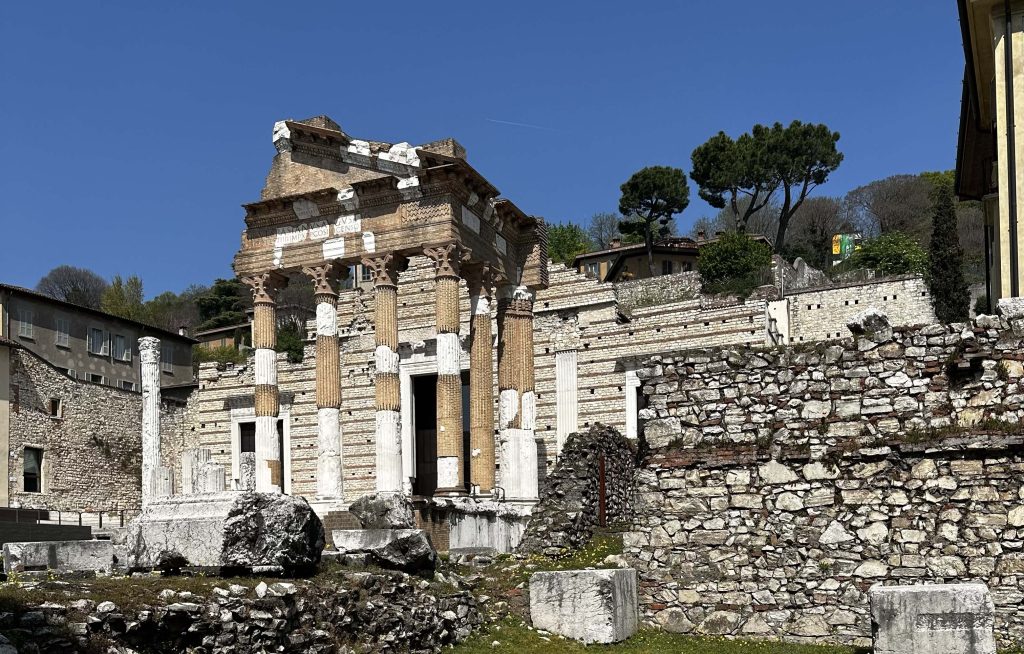
Built in 73 AD, the Temple of the Capitoline Triad is a Roman temple that was the center of Brixia. The temple was part of a larger complex that served as a symbol of Roman dominance and authority over the region. Dedicated to the triad of gods, Jupiter, Juno, and Minerva, it was the religious and political center of the town.
Historians believe a landslide covered the temple, and in 1823, archeologists rediscovered it under layers of “newer” construction. While restoration began soon after, it really did not take off until 1956-1961 and 1990s-on.
Among the interesting artifacts found in the rubble is Winged Victory, bronze sculpture dating to 1 AD. Additionally, there are preserved frescoes, marble floors, stone altars, and other furnishings.
Behind the Capitolium is the Roman Forum, built and enlarged between the first and third centuries AD. The cavea—extensive spectators’ seating area—suggests the Romans held public shows and events there.
To visit:
Capitolium Archaeological Area
Via Musei, 55 — Brescia
Brescia Castle
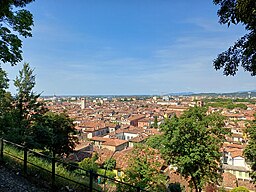
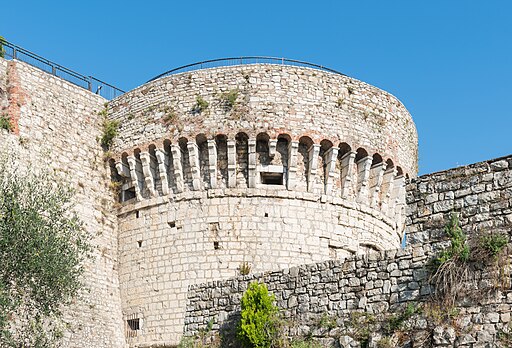
Crowning the top of Cidneo Hill, Brescia Castle offers magnificent panoramic views of Brescia. Accessible by foot or car, the castle one of the largest fortresses in Europe and is excellently preserved. Be sure to check out the massive Prisoners Tower, the huge bastions, and the Mirabella Tower. In addition, go underground! You’ll find oil and water storage facilities as well as tunnels through which inhabitants can escape.
To visit:
Castello di Brescia
Via del Castello, 9 — Brescia
Piazza Paolo VI
Existing since medieval times, Piazza Paolo VI carries the name of a more recent Catholic pope. As an honor for the impact Paolo VI had on the world, the square is home to both the new and old duomos. Having co-cathedrals in a city is a rare occurrence, especially when they sit next to each other.
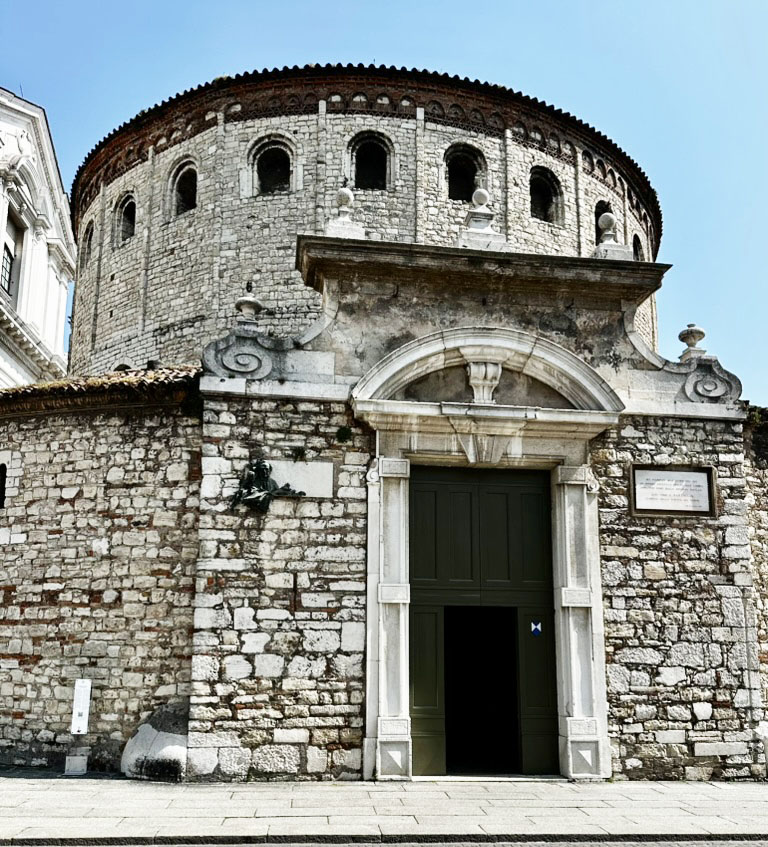
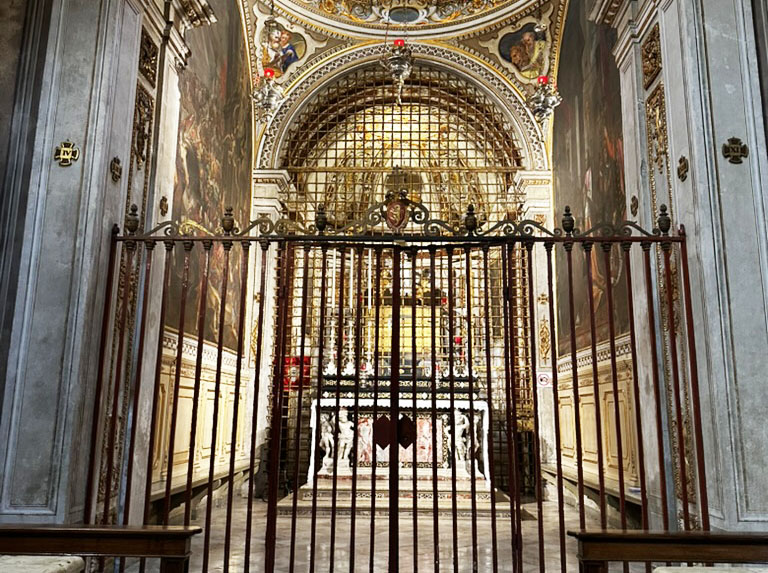
The Duomo Vecchio, dating to 1100, is a fantastic example of Romanesque architecture. Also dubbed “The Rotunda” for its round shape, the Duomo Vecchio is a treasure trove in itself. The Duomo Vecchio houses a number of 13th century frescoes, the crypt of San Filastrio, and a number of sarcophagi. Most importantly, you’ll see the Chapel of Treasure of the Holy Crosses which holds pieces of Christ’s cross.
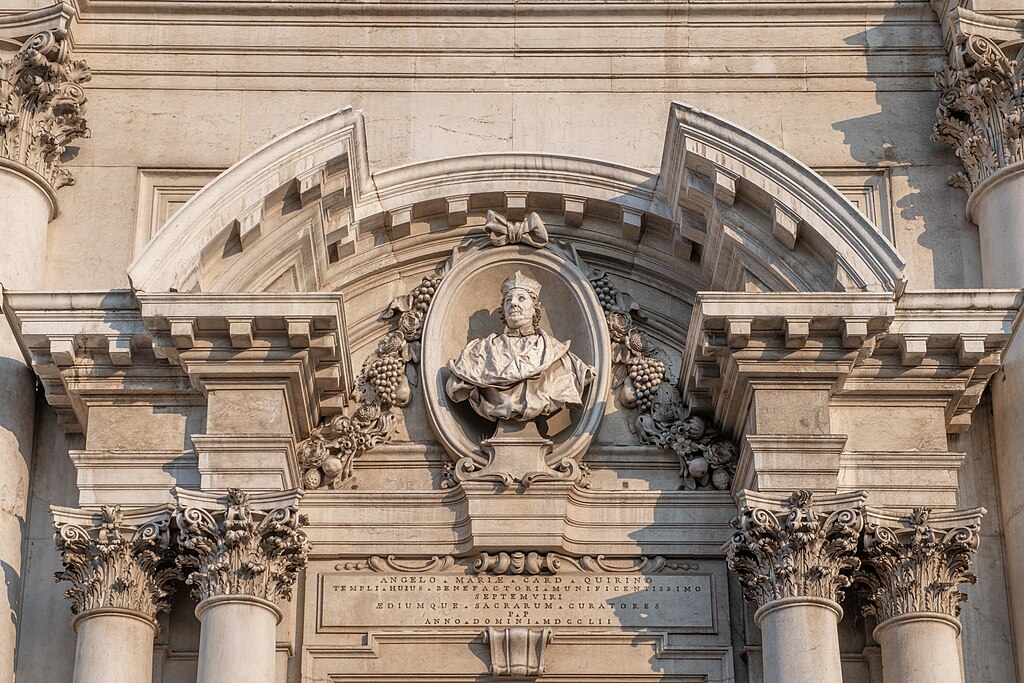
The Duomo Nuovo is a grand example of Baroque architecture. In addition to paintings by Moretto and Romanino, the cathedral houses a monument to Pope Paul VI, the square’s namesake.
In addition to the duomos, you’ll find numerous restaurants and cafes when you can just relax.
Museo di Santa Giulia
Housed in a former Benedictine monastery, the Musea di Santa Giulia chronicles Brescia’s history. In its more than 150,000 square feet, the museum covers everything from prehistoric times to the 18th century. Included are the Basilica of San Salvatore, the Oratory of Santa Maria in Solario, and a well-preserved Roman villa.
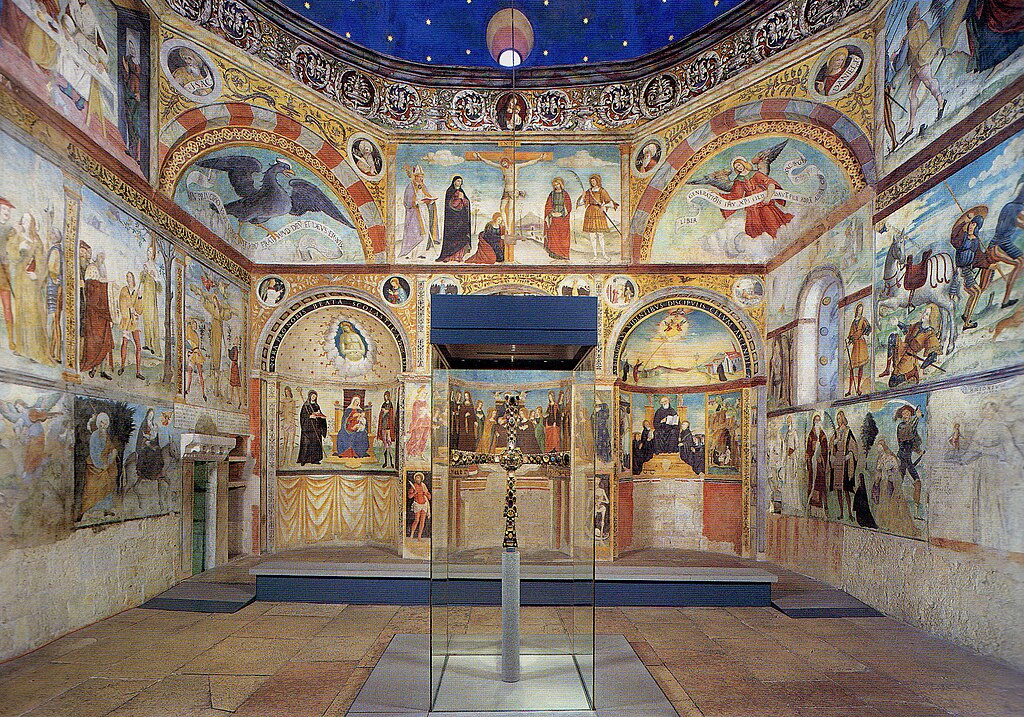
It is impossible to see everything in one visit, but the museum has over 11,000 works of art. However, one visit will show you why Brescia was Italy’s Capital of Culture in 2023.
To visit:
Museo di Santa Giulia
Via Musei 81/b — Brescia
The Cuisine
Meat, dairy, and grains heavily influence Brescia’s cuisine, although the area’s lakes provide fish for meals, too. Brescia is famous for casoncelli, a stuffed pasta. Usually made with breadcrumbs, butter, and cheese, casoncelli can also include other fillings depending on the cook.
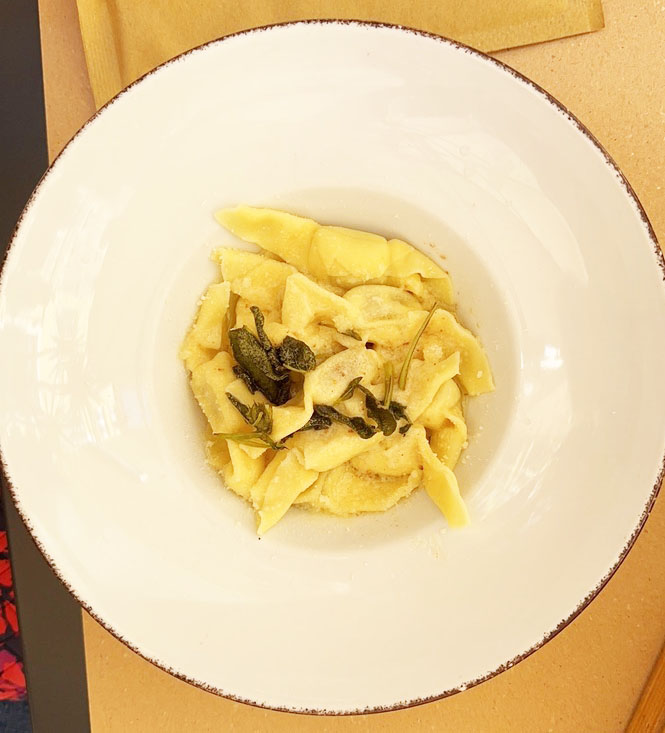
Manzo all’olio, beef in oil, is a hearty dish whose secret ingredient is anchovies. Coniglio alla Bresciana features rabbit cooked in butter, lard, and wine. Polenta or mashed potatoes are accompaniments for both of these meals.
Want something sweet? Try the persicata, a type of solid peach jam bars. Legend has it that a mother wanted to send her soldier son peaches from the area. She concocted the jam bars, and the rest is history.
By the time you read this, I’ll have left Brescia, but I will be back. This UNESCO World Heritage City is a great place to spend time where history, culture, art, and cuisine collide.

